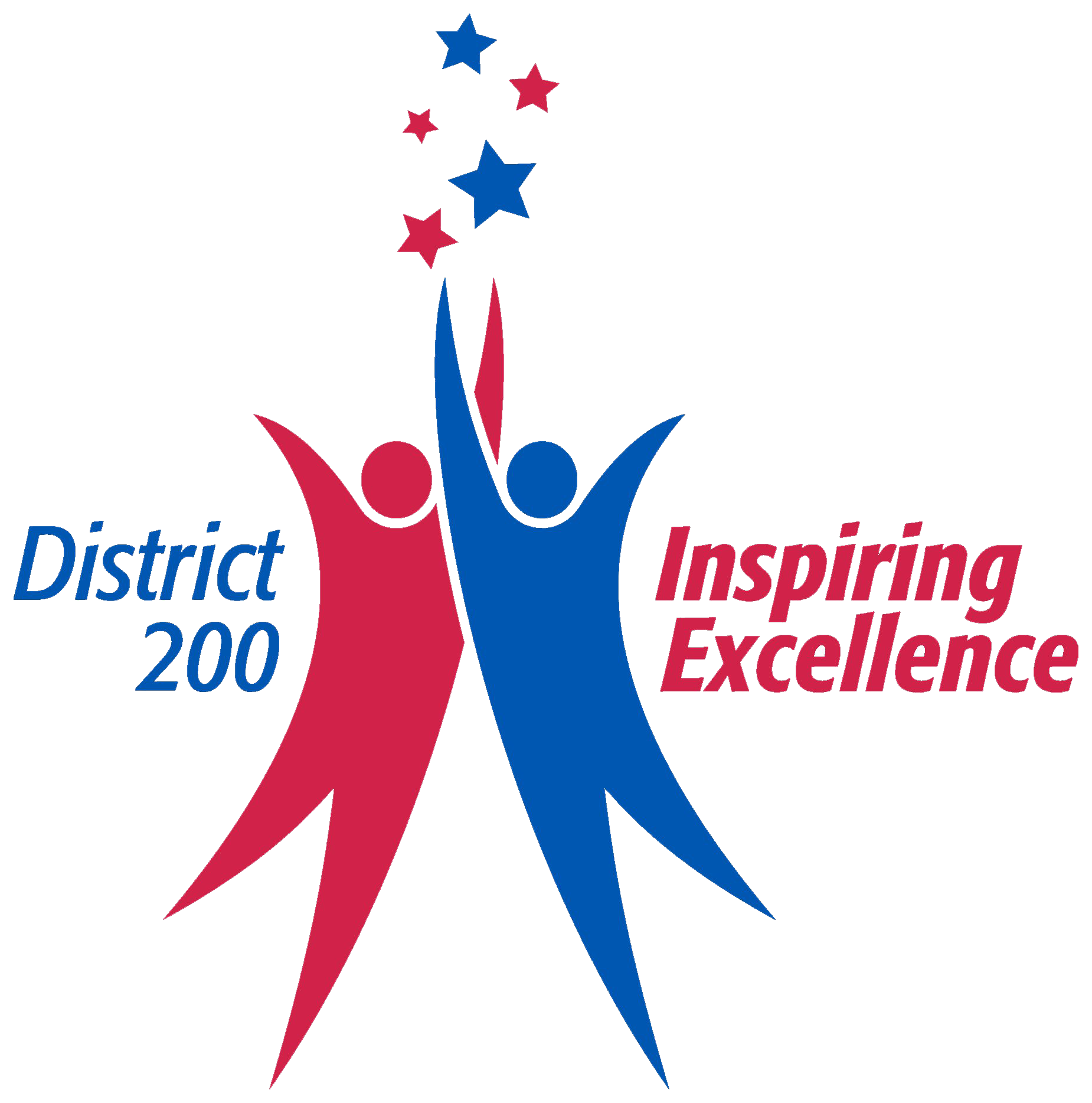Assistive Technology
What is Assistive Technology?
Technology is used in education for a variety of purposes. Instructional or educational technology can help students acquire skills or demonstrate their understanding and can help teachers provide effective instruction. Information technology makes data available to students, teachers and parents. Assistive technology has a different purpose. It is used to give students with disabilities access to the curriculum by augmenting or replacing functional capabilities.
The Individuals with Disabilities in Education Act (IDEA) defines assistive technology as “any item, piece of equipment, or product system, whether acquired commercially off the shelf, modified, or customized, that is used to increase, maintain, or improve the functional capabilities of a child with a disability. The term does not include a medical device that is surgically implanted, or the replacement of such a device” (32 CFR 300.5). Because this definition is so broad, the range of products and features that function as assistive technology is nearly limitless. Today, assistive features like text-to-speech, word prediction, and speech recognition are commonly available on many mainstream devices.
To learn more about assistive technology, including the wide range of AT devices and features, a family-friendly place to start is the Center on Technology and Disability.
What are Assistive Technology Services?
According to IDEA, an assistive technology service is “any service that directly assists a child with a disability in the selection, acquisition, or use of an assistive technology device” (32 CRF 300.6). AT services include training for the child, child's family, and professionals who work with the child. In District 200, a problem-solving process is used at the building level to determine whether a student needs assistive technology. A RESNA-certified Assistive Technology Professional (ATP) and two speech-language pathologists who specialize in augmentative communication are available by referral to support school teams through consultation and training.
Accessible Educational Materials
IDEA 2004 also mandates access to educational materials for students who need them. Accessible educational materials generally refers to providing print materials in alternate formats that are accessible to the blind/visually impaired, the physically impaired, or students with a print disability. In CUSD 200, resources such as Bookshare and Learning Ally are used to provide accessible content. Accessible instructional materials for the visually impaired are provided in cooperation with vision itinerants from the Cooperative Association for Special Education (C.A.S.E.). For more information on this topic, visit the National Center on Accessible Educational Materials at http://aem.cast.org.
Contact your school-based IEP or 504 Plan team if you have questions or concerns about assistive technology devices or services.
